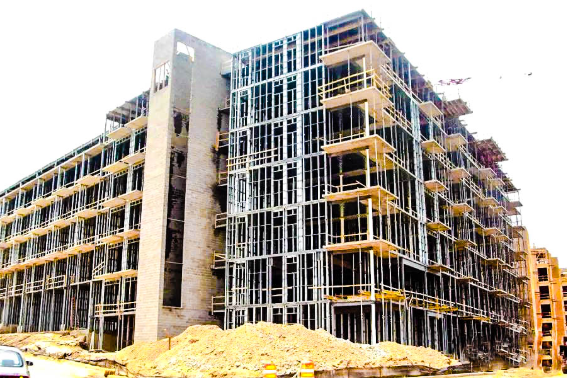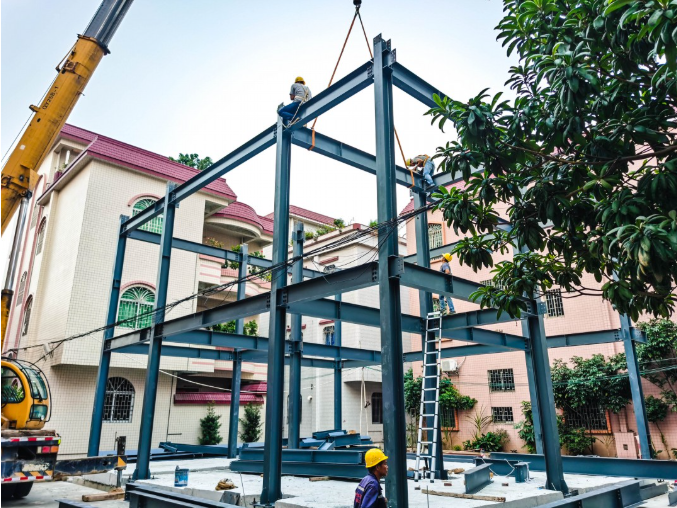How to Choose a Steel Structure Manufacturer

Steel structures, composed primarily of steel materials such as beams, columns, and trusses made from rolled sections and steel plates, are one of the most common building systems. Components are typically connected via welds, bolts, or rivets. Due to their lightweight nature and ease of construction, steel structures are widely used in large warehouses, industrial plants, stadiums, skyscrapers, and other applications.
As the steel structure market expands, competition among manufacturers intensifies, leaving clients overwhelmed by choice. The complexity of the market and lack of industry awareness make it challenging to distinguish reliable manufacturers. Below are key factors to consider when selecting a steel structure manufacturer:
1. Focus on Engineering Design
The design of a steel structure must meet predefined functional requirements: economic efficiency, safety, applicability, and quality assurance. These requirements include:
(1) Safety:
The structure must withstand all expected loads during normal construction and use, as well as maintain stability during and after unforeseen events specified in the design.(2) Serviceability:
Under normal loads, the structure should avoid excessive deformations or vibrations that could impair functionality.(3) Durability:
The structure must retain its performance over time under normal maintenance, avoiding severe corrosion or degradation that shortens its lifespan.
However, meeting these functional requirements alone does not guarantee a reliable manufacturer. The structure must also comply with limit state design principles, which are divided into two categories:
(1) Ultimate Limit State (ULS):
Refers to the maximum load-bearing capacity or deformation beyond which the structure becomes unsafe (e.g., collapse, buckling, fatigue failure, or excessive plastic deformation).(2) Serviceability Limit State (SLS):
Refers to deformations or vibrations under normal loads that render the structure unfit for use (e.g., excessive static deformation, localized damage, or severe dynamic vibrations).
2. Key Selection Criteria
A qualified steel structure manufacturer must demonstrate:
Technical Expertise: Proven ability to design and fabricate structures that meet both functional and limit state requirements.
Quality Compliance: Adherence to international standards (e.g., ISO, ASTM) and certifications.
Project Portfolio: Experience in similar projects, showcasing reliability and innovation.
After-Sales Support: Warranty terms, maintenance services, and responsiveness to issues.
Cost Transparency: Clear pricing models without hidden fees, balancing affordability and quality.
3. Verification Steps
Review Certifications: Ensure the manufacturer holds relevant industry certifications (e.g., AISC, CE marking).
Site Inspections: Visit fabrication facilities to assess equipment, processes, and quality control measures.
Client References: Contact past clients to evaluate project delivery, communication, and problem-solving.
By prioritizing these factors, clients can identify manufacturers capable of delivering safe, durable, and cost-effective steel structures that meet both functional and regulatory demands.



